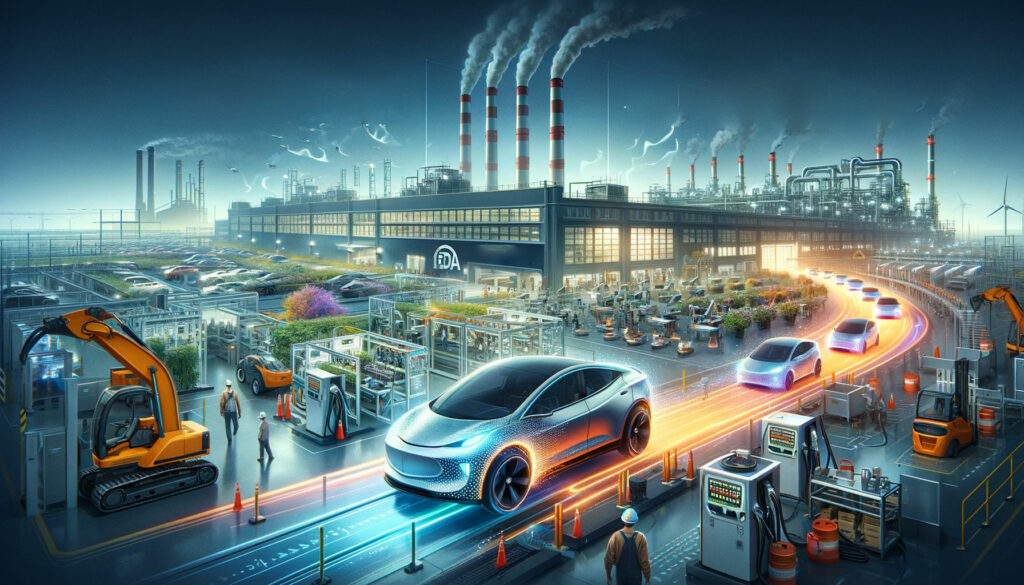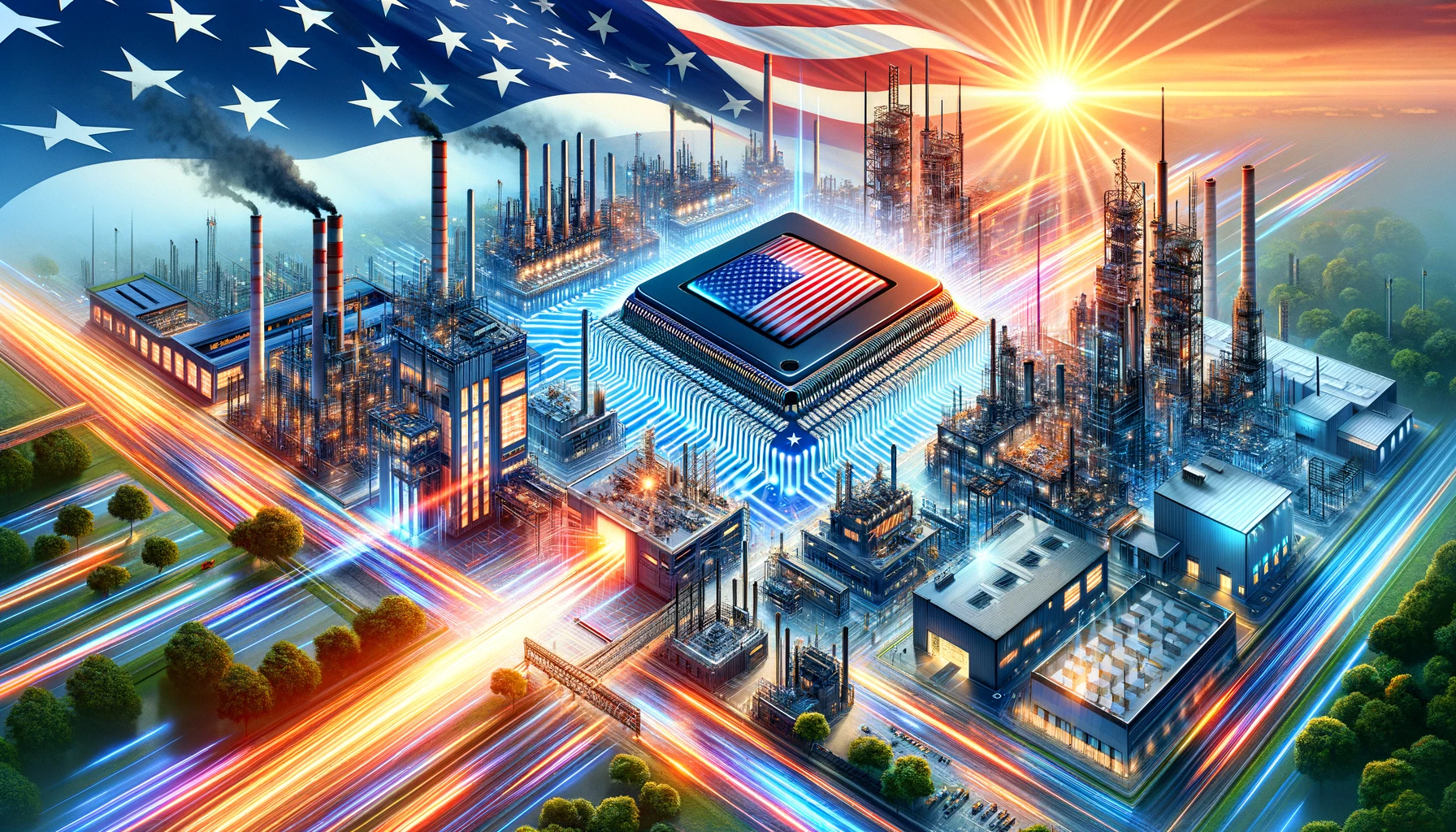The U.S. manufacturing sector presents a fascinating paradox. On one hand, we’ve observed a slight decrease in manufacturing production, with a 0.65 percent drop in February compared to the previous year. This follows a 1.1 percent decrease in January, painting a somewhat bleak picture of the manufacturing output landscape. Yet, in stark contrast, there’s a booming construction scene within the sector, particularly in the realm of manufacturing facilities. This dichotomy isn’t just interesting—it’s a narrative about resilience, adaptation, and the future of American manufacturing.
Firstly, the persistent weakness in the manufacturing sector is highlighted by the Institute for Supply Management’s (ISM) Purchasing Managers’ Index (PMI), which remained unchanged at 46.7 in November, indicating contraction in manufacturing for the 13th consecutive month. This trend is reflective of a broader economic slowdown, with factory employment declining further as hiring slowed and layoffs increased. Higher interest rates have been identified as a primary cause for crimping demand, although most economists do not anticipate a recession this year and believe in the possibility of a “soft landing” engineered by the expectation of an interest rate reduction by the Federal Reserve sometime this summer.
But, while the output currently is down from last year, this was actually predicted last fall in Michigan’s Economic Outlook. But, while production is stagnant, U.S. manufacturers are gearing up for a big future and prepping to take supply line issues into their own hands. A new Treasury Department report shines a light on an undeniable surge in U.S. manufacturing construction. This isn’t a modest uptick; it’s a substantial boom that sets the U.S. apart from other advanced economies. The computer/electronic segment is leading the charge, not at the expense of other sectors but alongside increases in chemical, transportation, and food/beverage manufacturing construction. This growth narrative diverges significantly from the global scene, where similar surges are notably absent.
A cornerstone of this initiative is the CHIPS and Science Act, signed into law with an aim to bring semiconductor supply chains home. This landmark legislation allocates nearly $53 billion towards U.S. semiconductor manufacturing, research and development, and workforce development. It represents a significant push to reclaim the U.S. position as a global leader in semiconductor production, a sector where it has seen its share dwindle over the decades. Since the act’s enactment, over $166 billion in investments in semiconductors and electronics have been announced, showcasing a vigorous response from the industry and a promising future for American technological sovereignty.
Amid this technological push, the U.S. has also seen a remarkable boom in the construction of manufacturing facilities. The U.S. has witnessed a doubling in real manufacturing construction spending since the end of 2021. This surge is a clear indication of the current administration’s commitment to “modern supply-side economics,” focusing on expanding the productive capacity of the American economy through significant infrastructure and high-tech manufacturing investments. Modern supply-side economics focuses on boosting production and investment to drive economic growth and reduce inflation.

The push for innovation and resilience is further exemplified in the automotive sector, particularly in the transition to electric vehicles (EVs). The Department of Energy announced a $15.5 billion package aimed at retooling existing factories for EV production, supporting high-paying auto manufacturing jobs, and bolstering domestic supply chains. Much of that money will be spent right here in Michigan. This initiative includes grants and loans for automotive manufacturing conversion projects and is designed to retain collective bargaining agreements and top-quartile wages for the industry. Additionally, $3.5 billion is earmarked to expand domestic manufacturing of batteries for EVs, highlighting a comprehensive strategy to support a just transition to cleaner energy and reinforce the nation’s automotive supply chain.
But it’s not just about the big players and their mega projects. The landscape is dotted with substantial investments across various industries, signaling a broader commitment to revitalizing American manufacturing. Companies like Schneider Electric and ABB Ltd., which builds robots right here in Michigan, are pouring millions into expanding and upgrading facilities, focusing on automation and supply chain resilience. This isn’t about flash-in-the-pan investments; it’s a calculated bet on the future of manufacturing in America.
At the heart of these investments is a deep commitment to the American worker. By focusing on high-wage, union jobs, and ensuring a just transition for communities impacted by industrial shifts, the administration is looking to ensure that the benefits of these investments are broadly shared. This holistic approach not only aims to secure the U.S.’s technological and industrial future but also to rebuild the middle class by providing pathways to good-paying jobs in cutting-edge sectors.
This ongoing manufacturing evolution is less about a return to the past and more about building a new future. The investments we’re seeing are not merely reactionary measures to recent challenges but are part of a broader vision for a robust, resilient, and technologically advanced manufacturing sector. The focus on diversification, both in terms of industry sectors and geographic locations, underscores a strategic approach to growth and stability.
As we dissect these developments, it’s clear that the U.S. manufacturing sector is at a pivotal moment. The contrasting narratives of decline and boom reflect the complex realities of transitioning to a new era of manufacturing. With companies betting big on the future, the sector’s trajectory is poised for a fascinating journey ahead. The challenges are real, but so are the opportunities. As we navigate through 2024 and beyond, the resilience and adaptability of the U.S. manufacturing sector will undoubtedly be key themes shaping its path forward.


